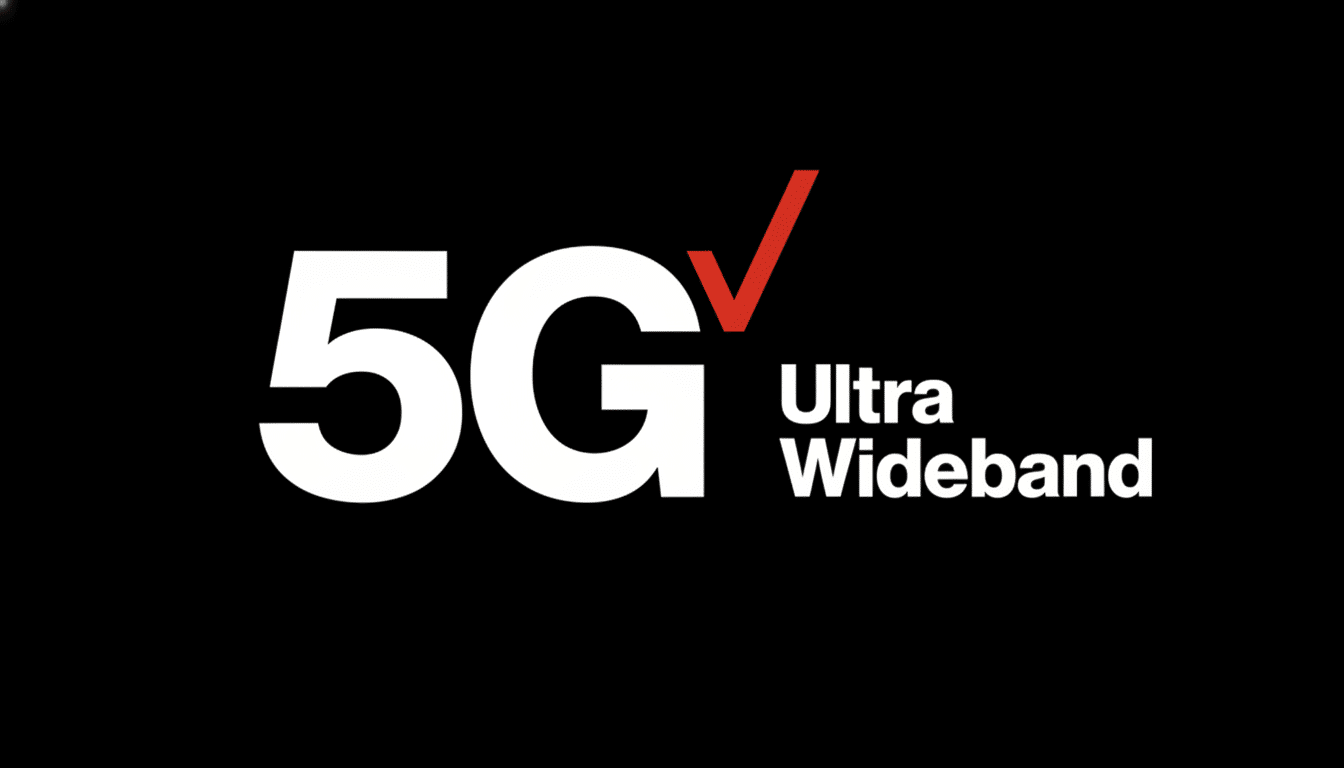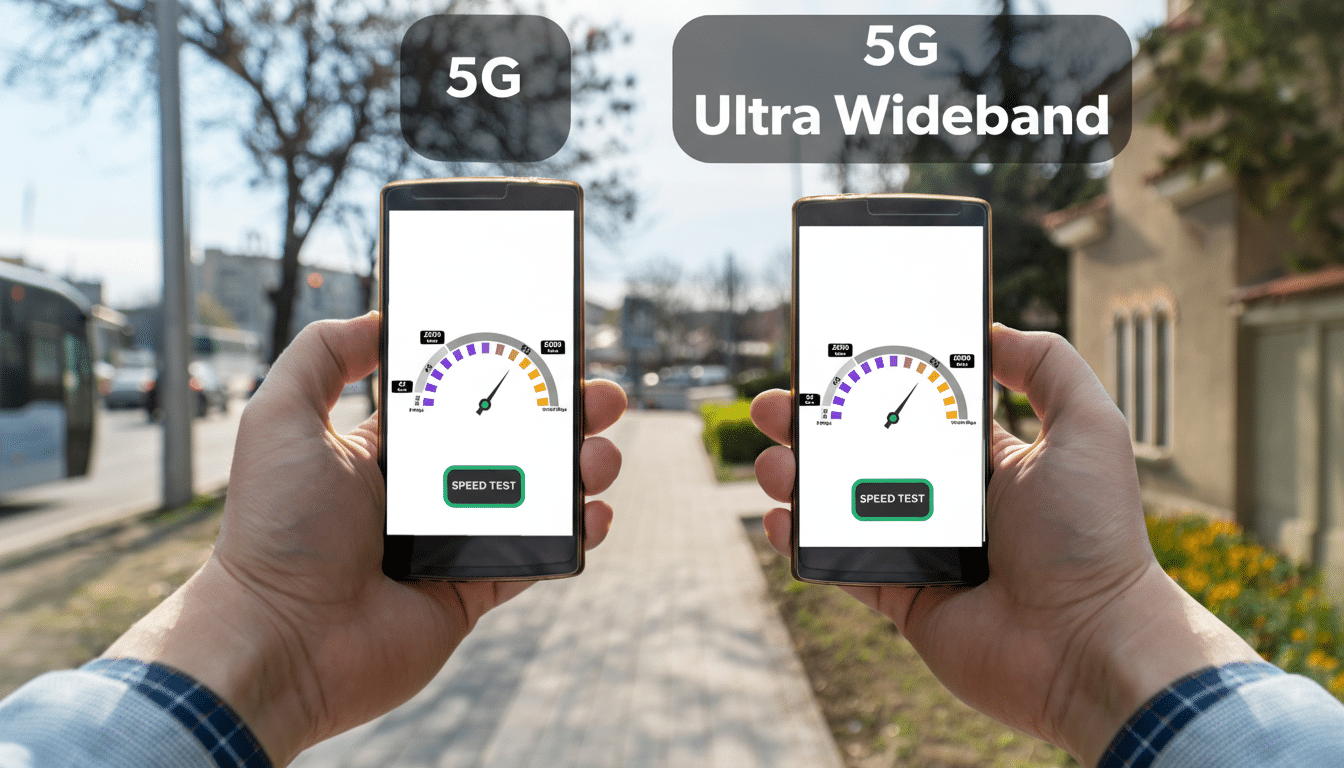Big Red has nudged in front. The question is whether Verizon’s lead translates into the best fit for you. Both carriers are national heavyweights with deep 5G footprints, competitive unlimited plans, and sprawling device catalogs. The differences are real, but they’re nuanced—and where you live and how you use your phone still matter more than any headline verdict.
Network performance and coverage across the U.S.
Coverage and reliability remain Verizon’s calling cards. Independent testing from firms like RootMetrics and Umlaut consistently shows Verizon at or near the top for overall reliability, call performance, and text deliverability across dozens of markets. AT&T is hardly behind; it often trades blows with Verizon on consistency and LTE reach, and its 5G footprint has matured quickly with the addition of 3.45 GHz and C-band spectrum.

Speed is a different story. Ookla’s Speedtest Intelligence and Opensignal’s recent reports continue to credit mid-band 5G as the sweet spot for real-world performance. Verizon’s 5G Ultra Wideband, now heavily backed by C-band in addition to pockets of mmWave, delivers fast average speeds in many metros. AT&T’s 5G+ spectrum mix is broader than it used to be and shines in certain cities, while its low-band 5G fills more gaps beyond the urban core.
What this means for everyday users
Translation for ordinary users: Verizon’s network feels solid coast-to-coast, with fewer hiccups on the highway or in crowded venues. AT&T sometimes gets ahead in specific suburbs and exurbs with less user congestion. Rural Midwest? Verizon usually wins on reliability. Fast-growing Sun Belt suburbs? AT&T could surprise you more, showing consistently solid 5G.
Plans and pricing compared: unlimited tiers and value
Both carriers price their unlimited plans a few dollars apart per line. Verizon’s lineup follows the myPlan approach: a relatively low-cost entry option, a mid-tier line with plenty of premium data and hotspot, and a high-end option with more hotspot and international extras. AT&T, in turn, offers the familiar Starter plan for data-conscious customers, a mid-tier line with hotspot and more premium data, and a top-tier plan for power users.
If you are BYOD and want no extras, AT&T’s budget-tier plan may be a deal that undercuts the rest group by group, but with fewer features and lower prioritization at busy arenas. Heavy tethering and data streamers may find Verizon’s high-end offering more generous on hotspot and premium data allotment. The net result can favor Verizon, depending on your pricing preference and desire for richer high-end features.

Perks and extras: add-ons, travel options, and devices
This is where Verizon distinguishes itself. Instead of giving away one-size-fits-all advantages, it sells add-ons that cost about $10 each, ranging from common streaming services to cloud storage and security, so you just pay for what you use. It’s a straightforward approach that works and frequently results in genuine savings if you were to subscribe to those services otherwise.
AT&T, on the other hand, had previously given away premium streaming in a few plans but has moved away from that model. Today, you’re primarily selecting based on basic connectivity. In terms of international coverage, Verizon’s top tier comes with a recurring bundle of TravelPass days, whereas AT&T’s International Day Pass is still a simple pay-per-use add-on. Regular travelers would notice that difference.
Exclusive phones are almost nonexistent; both carriers carry the major Apple, Samsung, and Google flagships. Certain early releases do transpire, and you may notice a Motorola foldable landing on one carrier first. However, for the majority of buyers, the device choice won’t make the network. What will matter is band know-how. Before traveling with an unlocked phone, make sure it supports Verizon’s C-band and LTE Band 13 or AT&T’s 3.45 GHz and key LTE bands. Now that 5G standards have mostly standardized, previous GSM/CDMA distinctions are less critical than complete integration of each carrier’s mid-band frequencies.
Prepaid options, MVNOs, and what to expect on priority
If you are a fan of these networks but not the price tags, you can choose their in-house prepaid brands and MVNOs. Visible operates on Verizon with simple unlimited plans and hotspot caps. Cricket uses AT&T with strong coverage and a focus on value. For one of the networks or both, you may use third-party providers such as Consumer Cellular and Straight Talk. While saving money, expect lower traffic priority during peak hours.
In general, it seems that:
- Verizon is a better option overall due to more reliable performance and cost-saving perks that can cut dollar costs from your streaming and services deal. It is the most suitable option for regular travelers, rural users, and owners of iPads.
- AT&T is the best choice for many ZIP codes. If their 5G is stable in your area or you just need a clear plan that doesn’t require additional customization, this provider may be the most suitable for you. It works well if you can buy your phone and switch to a cheaper option.
Get practical before you pick your carrier
- Check the coverage maps; see how your neighbors like their service.
- Run a week of speed tests along your daily commute—if both seem good, go with the plan setup that most closely fits your usage.
- If you need extras and hotspot, get Verizon’s high-end plan.
- If you want reliable coverage without paying for a flagship, get AT&T.

